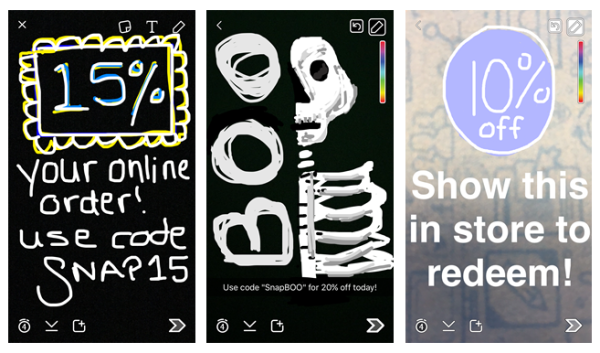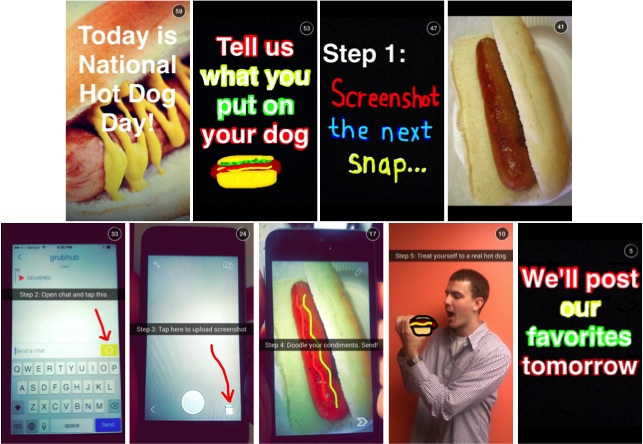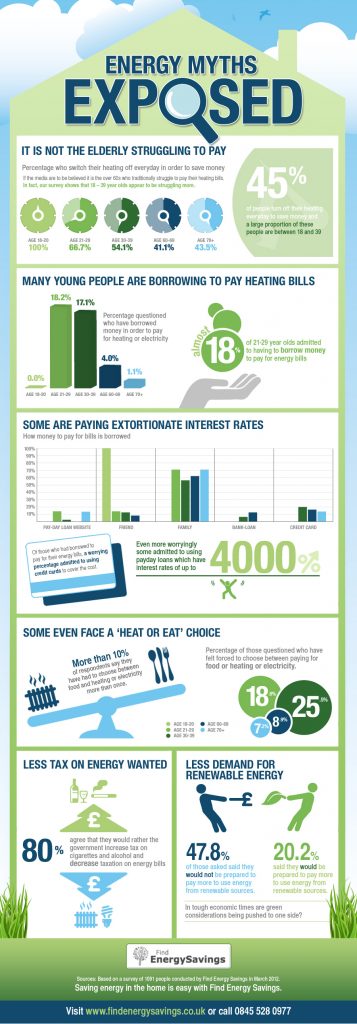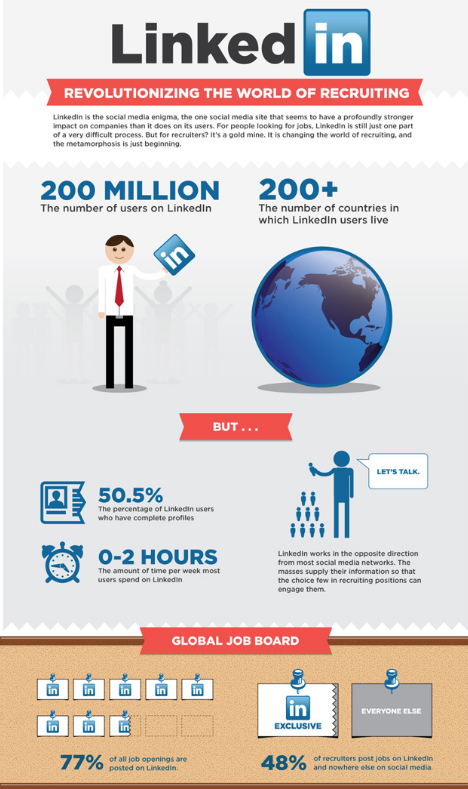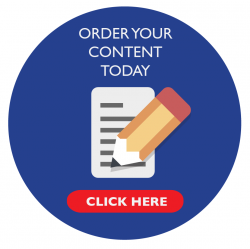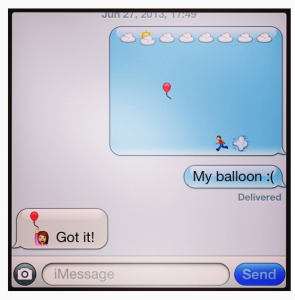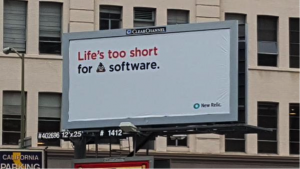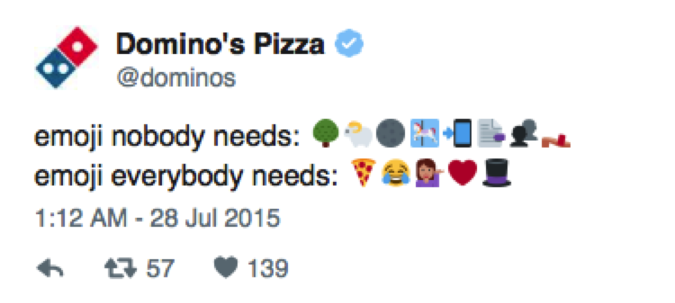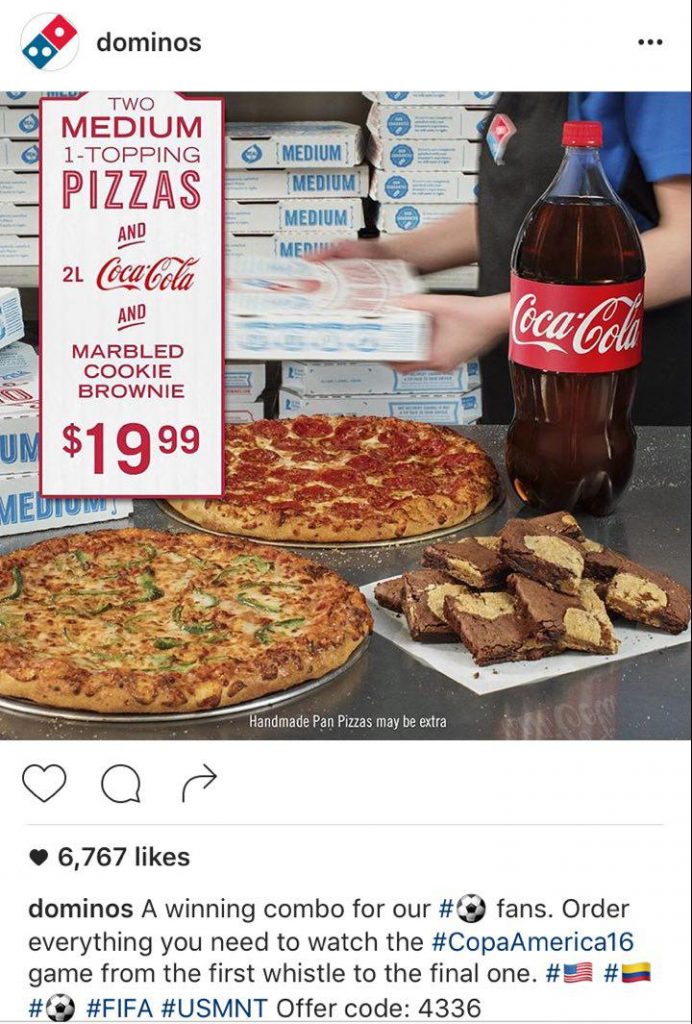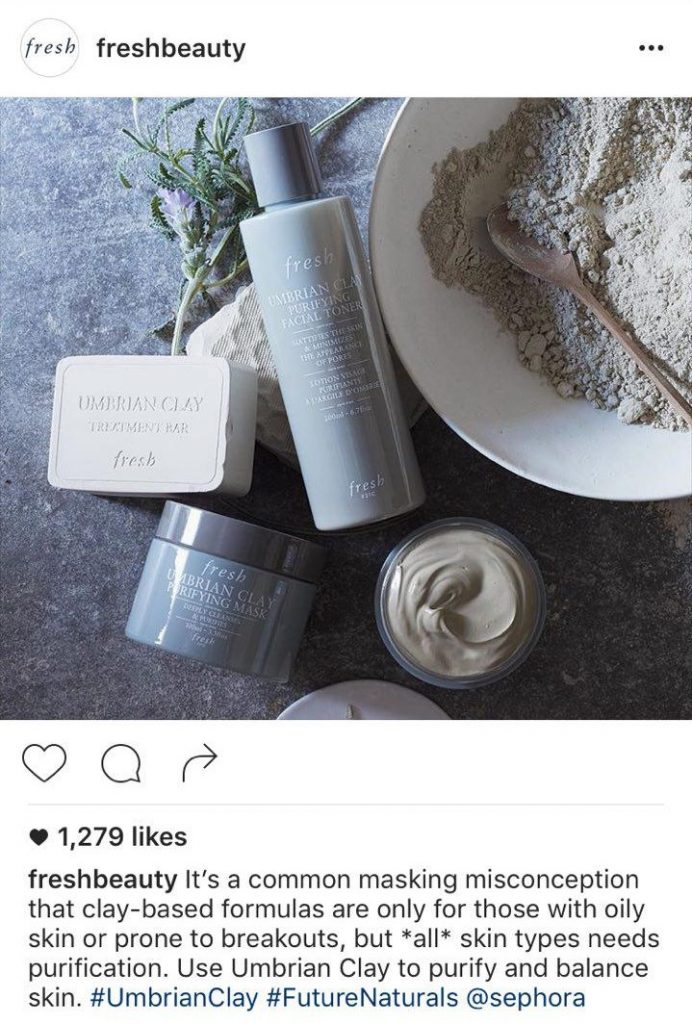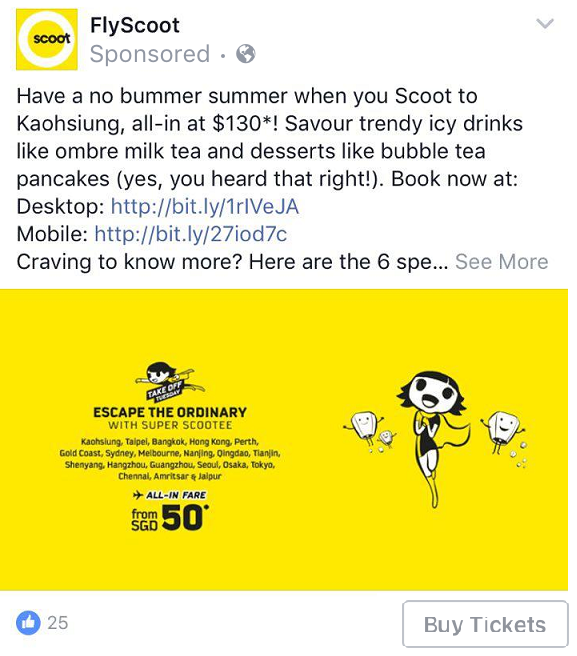You’ve realised the potential of building your brand’s presence on social media. You’re running a great Facebook page and you have an Instagram account with a massive following. Your Twitter page is updated every ten hours and engagement is high. Everything seems perfect…
Or so you think.
The idea of Snapchat was born half a decade ago and its founders turned down Facebook’s offer to buy it over for US$3 billion in 2013. Today, Snapchat is the fastest growing social network for millennials.
If you’ve not jumped onto the Snapchat bandwagon, you’re missing out on reaching the 100 million active users around the world. You might argue that you’re not trying to target Millenials – but hey, don’t all kids grow up? Trust me, the majority of them have friends or relatives of all ages and can surely share your content with them.
If you haven’t began your Snapchat journey, its not too late to start. Heres’s some tips to get you going:
1. Offer time-sensitive deals
A post on Snapchat, or more commonly known as a ‘snap’, lasts for a maximum of 10 seconds and is available for only 24 hours. This initiates a sense of urgency and FOMO (fear of missing out) – which means more people are likely to view your content.
Here are some brilliant examples of how to surprise your followers with small perks – a sure way to build brand loyalty. Better yet, get them to screenshot the snap (you can see who screenshots your posts). It makes your post more shareable and this stretches the reach of your content.
2. Rock behind-the-scenes
You don’t need to look pretty on Snapchat – save those filters for your Instagram feed. Build your brand’s personality into each snap and offer your followers exclusive content.
Take a look at these snaps from Free People. If you’re a fan of their clothes, wouldn’t you want these little sneak peeks? Well, I certainly would. They don’t have to be shot in great lighting or filtered perfectly. Be authentic – you’re showing your followers what goes on behind that six-hour photoshoot and we know it’s not all rosy!
3. Go live
Yet another way to provide an element of exclusivity – give your followers access to live events that happen right there and then. Leverage on your Facebook or Twitter accounts and tempt people to tune into Snapchat.
Vanity Fair got up-close-and-personal with celebrities at the 2015 Oscar Party, and of course its followers did too.
4. Tell a real story
Like most social media networks, the main purpose of Snapchat for brands is to engage viewers and ideally convert them into consumers. Boring content only leads followers to move to another story and You don’t want that to happen to yours!
Great tip: Ask your followers a question in one snap, and answer it in the next. Keep them on their toes and make the process fun and interactive.
GrubHub did a fantastic job in leveraging Snapchat to convey a message. It doesn’t shout for followers to purchase, but centres its snaps around the main product offerings. Check it out:
5. Empower influencers
Influencers rule social media and Snapchat is no stranger. Partnering with Snapchat influencers is more commonly known as a ‘Snapchat Takeover’. This is where influencers sign into the brand’s Snapchat account for a period of time, and post content aimed to increase followers, reach and engagement.
Disney approached Shaun McBride (@shonduras), a Snapchat influencer renowned for creating sophisticated art works on his snaps, to promote a Frozen-themed event. Fans got a chance to follow him go around Walt Disney World on Disney’s Snapchat story.
The best feature of Snapchat is that your story is always fresh. Vertical videos now allow brands to capture audience attention by taking up entire screens, which means that your audience is completely focused on your snaps without any distractions.
How do your followers find you?
If you’ve got a mailing list, let your subscribers know that you’re on Snapchat by including your username and reasons why they should follow you in your next emailer. Alternatively, you can add your Snapchat username into your bio on your various social media platforms, or share your Snapcode as an image on Facebook, Twitter and Instagram.
Need help deciding on the best social media strategy for your business? Get in touch with us at [email protected].

